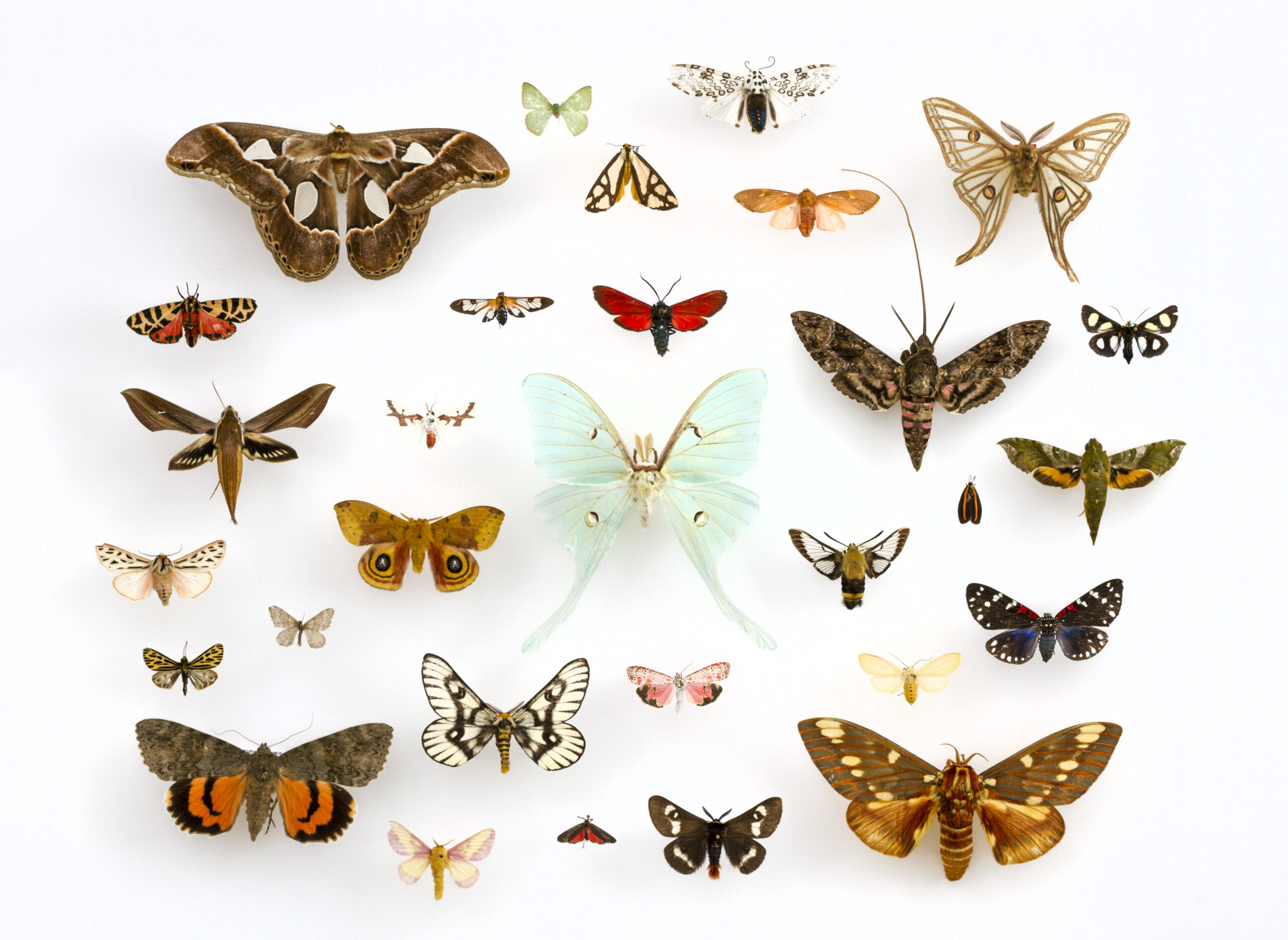In concrete labyrinths,
illustrious envoys fly
by the fading light
of the distant sun.
Invisible threads
connecting
floral affections
that spread
throughout
this urban sprawl –
graceful
golden arcs
that pierce the
shrinking sky.
In twilight’s
hushed embrace
their shadows rise,
uncertain runners
bearing nature’s
sweetest sigh
amongst the
flowers
of the dark.
Painting the night
with nature’s greens,
tongues coiled
in hesitation
at the uncertainty
of our rising dawn.

This poem is inspired by recent research, which has found that night-time pollinators such as moths may visit just as many plants as bees.
Pollinating insects, such as bees and moths, are decreasing in number due to factors like the loss of their natural habitats and changes in the climate. This decline is especially concerning in cities, where there is limited space and fewer flowers for these insects to thrive. However, we still have a lot to learn about how urban environments affect the intricate relationships between pollinators and plants.
In this new study, scientists used a technique called DNA metabarcoding to investigate the pollen-transport networks of both nocturnal moths and diurnal bees. This method allows researchers to analyse the DNA in pollen samples and identify the plants that the insects interact with. Surprisingly, the researchers discovered that bees and moths have different preferences when it comes to the plants they visit. The study also revealed that as urbanisation increases, both bees and moths suffer negative impacts on their pollen-transport networks. There was a significant decrease in the variety of pollen species they transported. Interestingly, the researchers found that moths play a vital role in the pollination of wildflowers, crops, and trees in urban areas, but this has often been overlooked in the past. These findings emphasise the importance of considering not only bees but also other insects like moths when studying the interactions between plants and insects in urban landscapes.
Can pollen collection also take place at night I wonder, or are these daylight moths…?
Oops. I didn’t read your poem properly – you mention dusk pollination.